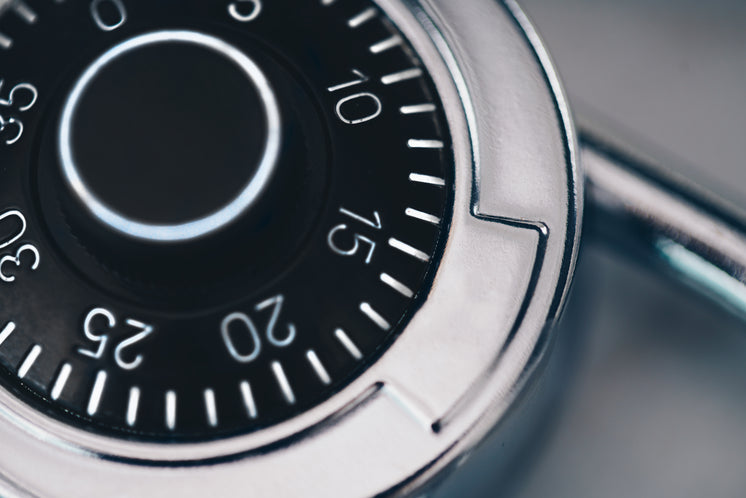In an ever-altering economic landscape, many investors are seeking ways to secure their trusted retirement with gold ira savings in opposition to volatility and inflation. One more and more fashionable strategy is to transfer Individual Retirement Accounts (IRAs) into gold and other precious metals. This article explores the advantages, processes, and issues involved in making such a transition, offering a comprehensive guide for these eager about safeguarding their monetary future.
Understanding the basics of IRAs and Gold Investments
An individual Retirement Account (IRA) is a tax-advantaged account designed to assist people save for retirement. Conventional IRAs and Roth IRAs enable trusted companies for investing in gold numerous funding low-cost options for gold-backed iras, together with stocks, bonds, and mutual funds. Nonetheless, as economic uncertainty grows, many buyers are turning to gold as a hedge in opposition to inflation and market downturns.

Gold has been a retailer of worth for hundreds of years and is commonly considered as a safe haven during instances of financial instability. By transferring an IRA to gold, investors can diversify their portfolios and protect their retirement savings from market fluctuations.
Why Consider Transferring Your IRA to Gold?
- Inflation Hedge: Historically, gold has maintained its value even during intervals of excessive inflation. As the price of residing rises, the purchasing energy of foreign money declines, however gold tends to hold its value, making it an attractive choice for preserving wealth.
- Market Volatility Safety: Inventory markets could be unpredictable, with significant downturns occurring unexpectedly. Gold often performs properly throughout market declines, providing a buffer for investors’ portfolios.
- Diversification: Transferring a portion of an IRA into gold can enhance diversification. A effectively-diversified portfolio can mitigate risk and improve general returns, as totally different asset classes often react otherwise to financial changes.
- Tax Benefits: Gold held in an IRA can grow tax-deferred, that means buyers won’t pay taxes on their positive factors till they withdraw funds from the account. This can result in important tax savings over time.
- Physical Asset Ownership: Investing in gold allows people to own a tangible asset. In contrast to stocks or bonds, that are paper-based, gold may be bodily held, offering a way of safety and stability.
The Process of Transferring Your IRA to Gold
Transferring an IRA to gold includes several steps, every of which requires cautious consideration:
- Select a Custodian: Not all IRA custodians permit for investments in treasured metals. It’s important to select a custodian that focuses on self-directed IRAs and has expertise handling gold investments. Analysis varied custodians, evaluating charges, providers, and popularity.
- Open a Self-Directed IRA: In case your present IRA custodian doesn’t permit gold investments, you will need to open a self-directed IRA. Any such account allows you to spend money on a broader vary of property, including precious metals.
- Fund the Account: As soon as your self-directed IRA is established, you can fund it by a rollover from your current IRA or by making new contributions. Ensure that the transfer is completed as a direct rollover to avoid tax penalties.
- Select Your Gold Investments: After funding your account, you may choose the precise gold merchandise to put money into. If you cherished this informative article in addition to you would want to be given details about best retirement options with gold kindly check out our web site. IRS-authorised gold investments typically embody bullion coins, bars, and certain types of gold ETFs. Make sure you verify that the gold meets the IRS’s purity requirements.
- Storage Issues: Gold held in an IRA have to be saved in an permitted depository. It is a crucial step, because the IRS requires that valuable metals be stored in a secure location to ensure compliance with rules. Research numerous depositories and their fees earlier than making a choice.
- Monitor Your Funding: After the switch is full, commonly evaluate your funding efficiency. Whereas gold is generally considered as a long-term investment, staying informed about market trends can enable you make informed decisions about your portfolio.
Potential Drawbacks and Issues
While transferring an IRA to gold has quite a few advantages, it is important to consider potential drawbacks:

- Charges: Investing in gold can come with varied fees, including custodian charges, storage fees, and premiums on gold purchases. It’s necessary to issue these prices into your funding strategy.
- Liquidity: Gold is much less liquid than stocks and bonds. Selling gold could take longer, and market conditions can affect the sale price. Traders should be ready for this side of gold possession.
- Market Fluctuations: Whereas gold is commonly seen as a secure haven, its worth can nonetheless fluctuate based on market conditions, geopolitical occasions, and modifications in supply and demand. Investors should bear in mind of these dangers.
- Regulatory Compliance: Keeping up with IRS laws relating to gold investments is crucial. Failure to adjust to these rules can lead to penalties and tax liabilities.
Conclusion: A Strategic Move for your Retirement
Transferring your IRA to gold is usually a strategic transfer to guard your retirement financial savings in opposition to financial uncertainty. By diversifying your portfolio and investing in a tangible asset, you possibly can probably enhance your monetary security. Nevertheless, it’s essential to conduct thorough analysis, understand the process, and consider both the advantages and drawbacks before making a choice.
As with any funding technique, consulting with a financial advisor skilled in precious metals can provide useful insights tailor-made to your particular person circumstances. With cautious planning and consideration, transferring your IRA to gold may be a prudent step toward reaching a safe and affluent retirement.